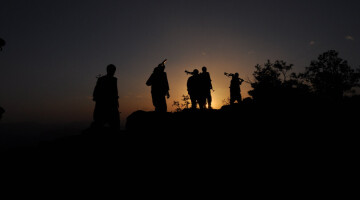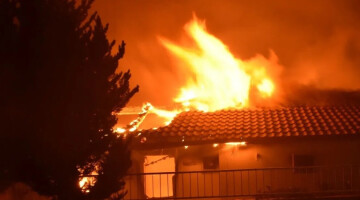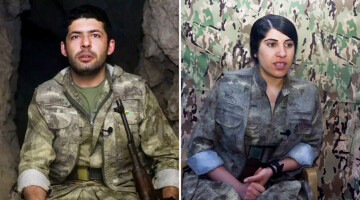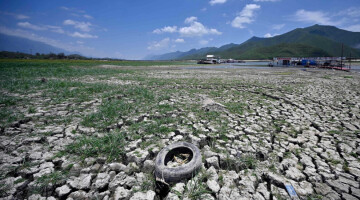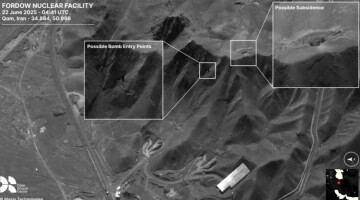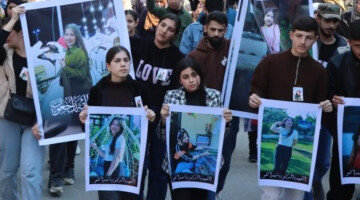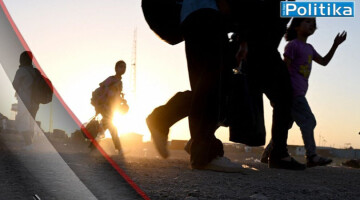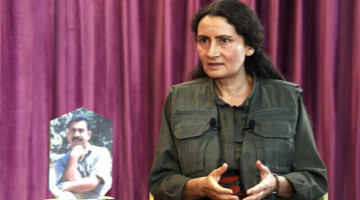According to Madeleine Khamis, commander of the Assyrian combat unit "Khabur Guards", the Christian inhabitants of the Khabur valley cannot return to their homeland in the long run. As long as their settlement areas in northeast Syria are threatened by the Turkish army and its Islamist allies, the last members of the Assyrian community will probably be forced into exile, Khamis fears.
Programmes and projects to promote the return of displaced persons and their reintegration had to be put on hold due to the war of aggression launched last October by NATO member Turkey and its proxy invasion troops, the so-called "Syrian National Army" (SNA) - an association of extremist FSA militias, members of the "Al-Nusra Front", Turkmen groups and other jihadist factions from the largely Turkish-held Idlib province.
After the liberation of Til Temir (Tal Tamr), the Khabur guards, together with Christian organizations, had succeeded in bringing exiled Assyrians back into the country. Now that the Khabur valley is in Turkey's sights, no one believes that the return projects will be resumed soon. Time and again, the region is at the centre of invasion attacks to integrate it into the illegal occupation zone.
20,000 Christian population before the war in Til Temir
The Khabur river extends along the Khabur valley in the northeast of Syria. Here, where the town of Til Temir (Kurdish name: Girê Xurma), a reflection of the population mosaic of Syria, is located, the Nestorians - Assyrians from (Hakkari - who had fled to northern Iraq during the genocide of Christians in the Ottoman Empire between 1914 and 1918, settled in 1933. The League of Nations in Geneva awarded them the settlement area. Their second exodus was preceded by the Simele massacre: some 9000 Assyrians, mainly men and young people, were murdered in various villages in the Duhok region. The village of Simele, which was particularly affected, gave its name to this genocide. There, under the leadership of the Iraqi military, some 350 people died.
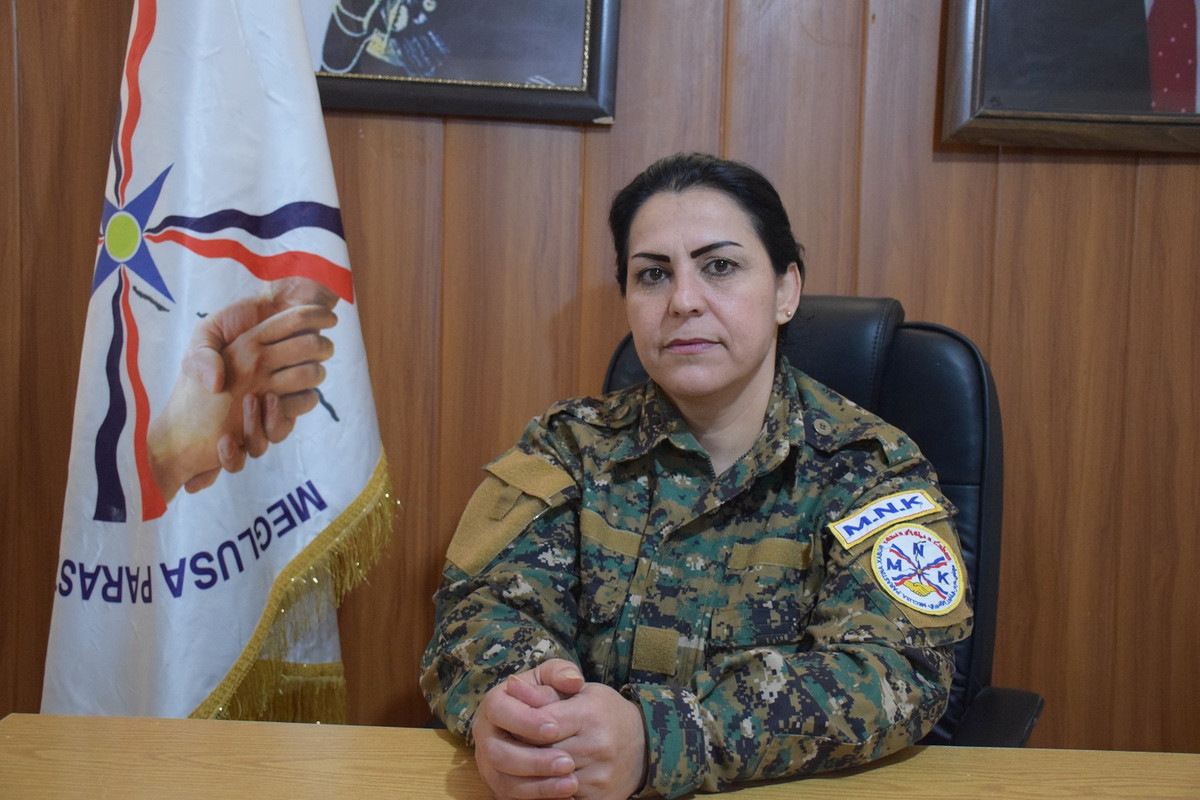 Madeleine Khamis
Madeleine Khamis
The Assyrians from Hakkari founded 33 villages in the flat valley of the Khabur, while Chaldean Christians settled in another three villages. Before the beginning of the Syrian war in 2011, about 20,000 Assyrian Christians were still living here, in almost every village there was a church. Now there are not even 1,000 people left. Because of the jihadists almost all inhabitants fled abroad, most went to Canada, Australia or the US. Some of the villages are completely empty, those who stayed are mostly elderly people. Also, several hundred internally displaced persons from other regions of the country now live in Til Temir.
Most of the inhabitants of Til Temir had already fled towards the end of 2012, when mercenaries of the "Free Syrian Army" (FSA) shifted their attacks on Christians in the west and east to the northern regions and threatened to invade the city. Throughout the year there were repeated massacres, attacks and kidnappings in Homs, Damascus and Deir ez-Zor. Tn time the circle of perpetrators expanded to almost all armed jihadist militias, above all the "Al-Nusra Front". Churches were desecrated and bombed, Christian villages systematically attacked and depopulated, religious dignitaries kidnapped and murdered. Starting in the second half of 2013, the name "Islamic State" (IS) was used more often in connection with crimes against Syrian Christians, especially around the Khabur valley. When the IS took control over more and more roads in the immediate vicinity of Til Temir, migration increased again.
In 2015, the escalation of terror in the Khabur Valley reached a new level when, in the early morning of February 23, the IS overran the western bank with 40 SUVs, took 12 Assyrian villages on the west side of the river and set fire to the churches. Some 4,000 people who wanted to seek shelter in Tur Abdin - the "Mountain of God's servants" and heartland of the Syriacs - but were not allowed through by Turkey, managed to escape to Qamishlo and Hesekê. Others went abroad. Those who did not make it in time fell into the hands of the IS. According to various reports, the number of those kidnapped ranged from 262 to 373 and a ransom in the tens of millions was demanded for their release. In June 2015, Til Temir, the nearby Mount Kizwan (Abdulaziz) and the surrounding area were liberated by the YPG/YPJ and Christian fighting groups that had been formed after the outbreak of the Syrian war. Among the martyrs of the city was Ivana Hoffmann from Duisburg. She died on 7 March 2015 bearing the name of "Avaşîn Têkoşin Güneş" in the ranks of struggle and is considered the first internationalist to die in the armed struggle against the IS.
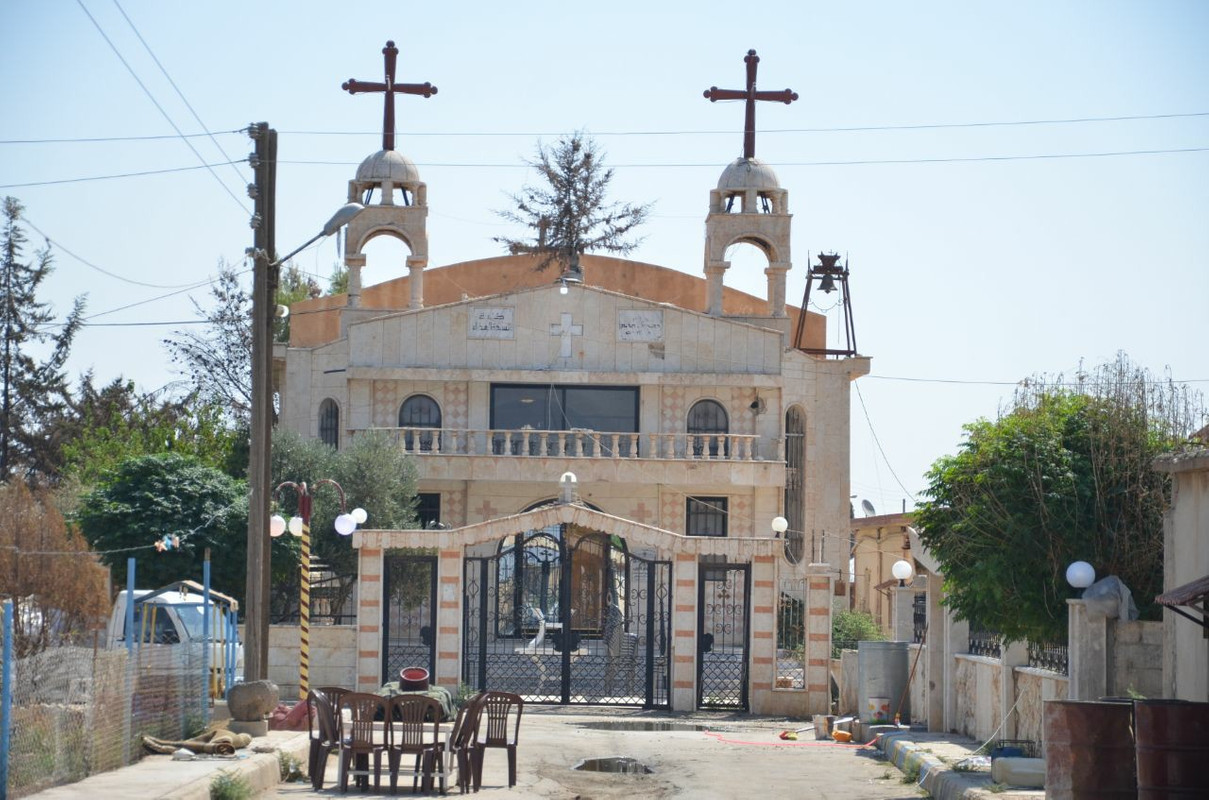 Assyrian Church in Til Temir
Assyrian Church in Til Temir
Khamis: Turkey is a colonial state
"There are absolutely no differences in the mentality of the Islamists and the Turkish state. When the jihadists invaded the Khabur valley a few years ago, our churches and other holy sites were the first target. This scenario has been repeated during the recent invasion. So far, six of our churches have been razed to the ground by Turkish combat drones. Others were largely damaged," says Madeleine Khamis.
The commander, who is also a member of the Military Council of the Khabur Guards, calls Turkey a "colonial state", which, according to the principle of divide et impera - divide and rule- has pursued and is constantly refining its old strategy of dividing territories, dividing the population and confusing the social structure. The same scenario as in Hatay 1938 is wanted to be implemented in the entire border strip as part of the neo-Ottoman expansion plans, says Khamis.
"Turkey wants to expand its borders by dividing and annexing parts of Northern Syria. The Assyrians accept the Turkish state neither in their settlement area nor in other parts of north-eastern Syria. Because the Turkish threat is an existential threat," Khamis continues.
Genocidal violence against Assyrians and other Christian and ethnic groups is a common thread running through the history of the Turkish state and the Ottoman Empire, of which Turkey is the successor. When more than 1.5 million Armenians became victims of genocide under the responsibility of the young Turkish government during the First World War, pogroms, deportations and massacres also killed about 500,000 Syriacs, 300,000 of them Assyrians, and members of other ethnic groups who did not fit into the nation understanding of the "Turkish-Islamic synthesis". The historian Joseph Yacoub, who was born in Hesekê, describes the genocide of the Syriacs as "hidden genocide", since science has paid little attention to this event.
 Church damaged during attacks
Church damaged during attacks
We are the descendants of survivors
"We in the Khabur Valley are the descendants of survivors of these events. Turkey, on the other hand, has always been an aggressor, destroying the civilizing heritage of the Christian settlement areas," says Khamis. The Turkish state has not contributed to anything apart from its own ethnic nationalism and the resulting destruction, she says and adds: "Even today, it is attacking our regions and exporting Islamist terror to northeast Syria to wipe us out. As long as silence continues to reign, as long as the Turkish government's actions are approved by the international community, as long as the outcry continues to fail, even the last Assyrian will leave the region. No one will be able to return home.”
RELATED NEWS:


 Madeleine Khamis
Madeleine Khamis Assyrian Church in Til Temir
Assyrian Church in Til Temir Church damaged during attacks
Church damaged during attacks